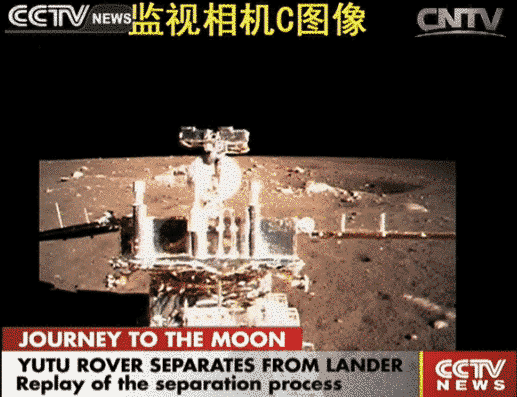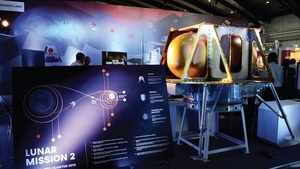Lander:
Rover:
Operator: Axiom Research Labs
Registered Team: Team Indus, a Google Lunar X Prize team
Mission type: Lunar Rover
Proposed Launch date: Q4-2015
Proposed trajectory: 9 Steps to Moon
1. G1 – Initial Orbit: 880 x 71,000 km
2. G2 – 48 hours
3. G3 – 144 hours
4. G4 – Lunar Transfer Trajectory
5. S1 – Initial Lunar orbit with capture burn of 250 seconds
6. S2 – Orbit lowered to 3500 km apolune
7. S3 – Parking orbit – 100 x 100 km
8. S4 – Orbit lowered 12.6 km perilune
9. Descent Trajectory – braking from 1.7 km/s
Launch vehicle:
PSLV operated by ISRO (proposed)
Launch site:
SDSC, Sriharikota (proposed)
Mission duration:
Flight duration: 30 days
Surface operations: 10-15 days
Orbital parameters:
Earth Inclination : 19.2 degrees
Moon Inclination: 143 degrees
Argument of Perigee: 178 degrees
Delta V:
Orbital – 1270 m/s
Descent – 1940 m/s
Net – 3210 m/s
Mass:
Lift off Mass: ~ 600kgs
Propellant Mass: ~ 404 kg
Landed Mass: ~210 kg
Total Lunar Payload mass: ~ 20kgs
@Chinmoy @ezsasa





























